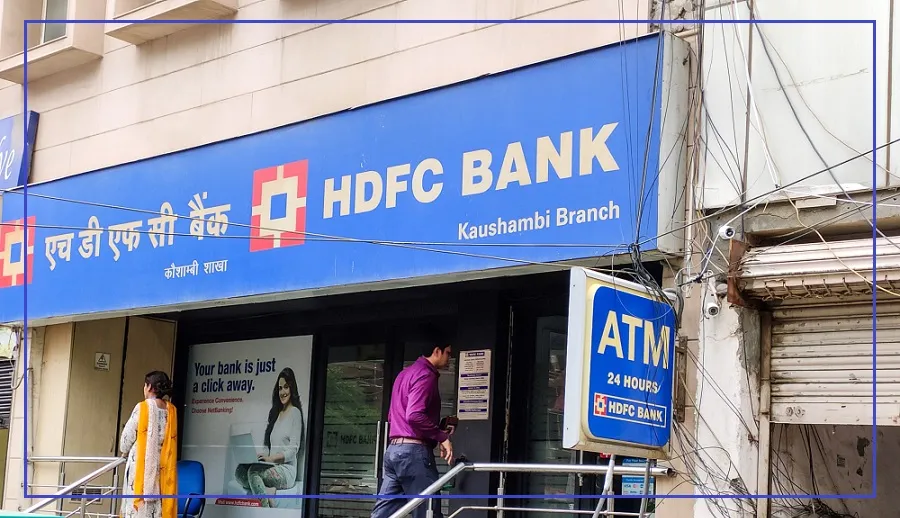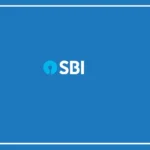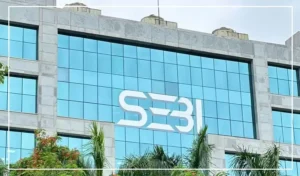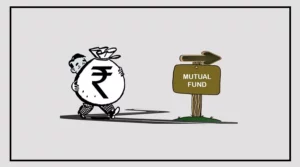New Delhi: HDFC Bank has reduced its lending rates, bringing relief to borrowers with loans linked to its Marginal Cost of Funds-based Lending Rate (MCLR).
This reduction is expected to lower EMIs across various loan tenures, helping customers manage monthly repayments more easily.
HDFC Bank Cuts MCLR Across Tenures
HDFC Bank has cut its MCLR by up to 15 basis points on select tenures. Following the revision, the MCLR now ranges from 8.40% to 8.65%, down from the previous 8.55%–8.75%.
Overnight rate: 8.45%
One-month rate: 8.40%
Three-month rate: 8.45%
Six-month & one-year rates: 8.55%
Two-year rate: 8.60%
Three-year rate: 8.65%
This cut makes loans more affordable for borrowers across different tenures.
What is MCLR and How It Affects Loans
MCLR is the minimum interest rate a bank can charge on a loan.
Introduced in 2016, it acts as a benchmark for home, personal, and business loans, directly affecting EMIs. It ensures borrowers pay a fair interest rate as per RBI guidelines.
HDFC Bank Base Rate and Benchmark PLR
Current Base Rate: 8.90% (from September 19, 2025)
Benchmark PLR (BPLR): 17.40% per annum (from September 19, 2025)
These rates serve as reference points for various loans and lending products.
HDFC Bank Fixed Deposit Rates
HDFC Bank offers FD interest rates from 2.75% to 6.60% for general customers and 3.25% to 7.10% for senior citizens on deposits below ₹3 crore.
The highest rates of 6.60% (general) and 7.10% (senior citizens) are for 18–21 month tenures, effective since June 25, 2025.
HDFC Bank Home Loan Rates
Home loan rates are linked to the Repo Rate, helping determine your interest.
As of October 7, 2025, rates for salaried and self-employed individuals range from 7.90% to 13.20%, depending on profile and loan type.
What the MCLR Cut Means
By reducing its MCLR, HDFC Bank has eased the financial burden on borrowers, especially those with floating-rate loans. EMIs on home and personal loans may now become more affordable.
The move also reflects how banks adjust lending rates in response to economic conditions and monetary policy.
Borrowers can save on interest, while savers continue to benefit from attractive FD rates, making it a win-win for customers.

























